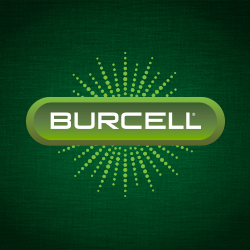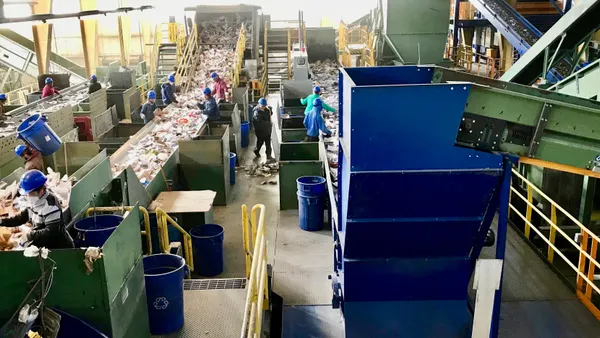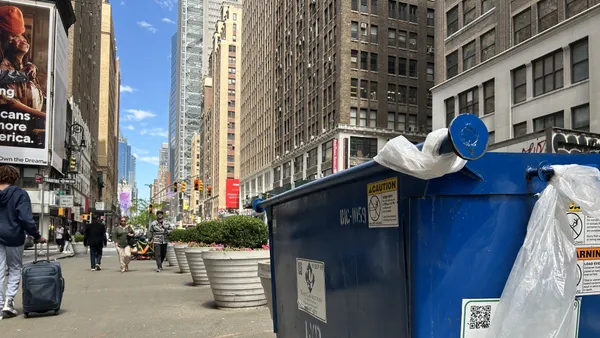Dive Brief:
- A team of researchers led by Zhijun Dai at East China Normal University in Shanghai have developed a new 3-D laser scanning technology that can identify specific pieces of beach litter.
- Using light detection and ranging (LIDAR), the team was able to make a detailed 3-D model of litter on one beach which would've taken up to three hours to count by hand.
- The team hopes to someday mount their device on a robotic vehicle that could move around beaches for further surveying.
Dive Insight:
If this technology is scalable it could make a big difference by speeding up current efforts to track marine litter. The National Oceanic and Atmospheric Administration (NOAA) currently has a program in which volunteers map out transects of beaches and count any litter more than an inch across. These efforts help them better understand where waste is coming from and whether cleanup efforts are successful. Recent NOAA projects include the installation of booms in the Tijuana River to keep waste from getting into the ocean and ongoing efforts to track debris from the 2011 tsunami in Japan.
While this LIDAR technology was found to be about 75% accurate compared to hand counts, it was unable to detect glass due to the material's chemical similarities to sand. The system did well with paper, cloth, metal, and plant material though. It also found more plastic debris than researchers did during their hand count.
The issue of marine litter was recently highlighted by a mysterious influx of debris on Hong Kong's beaches this summer and is a major concern for environmental groups. Some proposals—such as Honolulu's new trash wheel concept—could help collect this waste, but the real challenge is stopping it at the source. A report from the Ocean Conservancy found the majority of marine waste comes from five countries due to inefficient infrastructure and other factors: China, Vietnam, Philippines, Indonesia, and Thailand.










